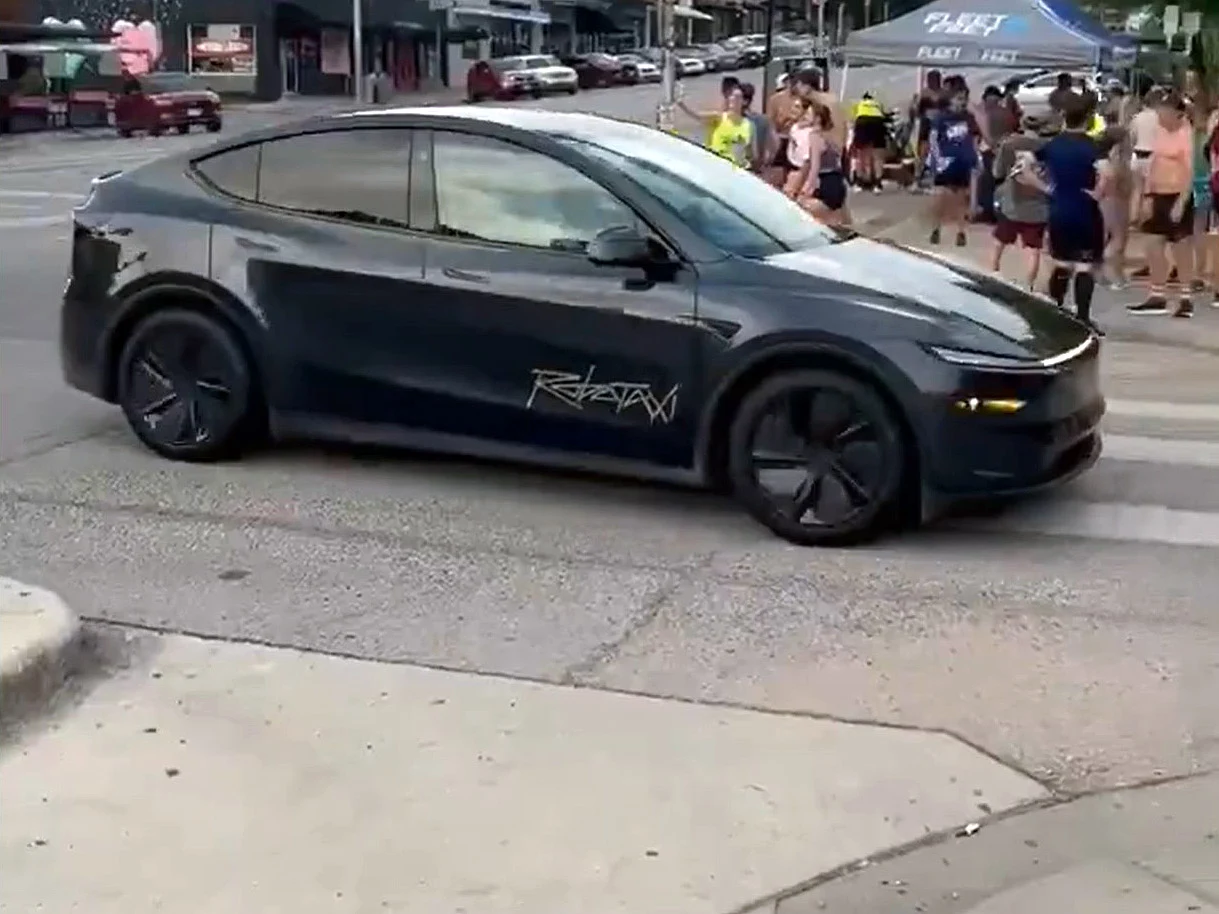Key Takeaways
1. Tesla’s Robotaxi service will be available to the public in Texas starting in September.
2. The company created Tesla Robotaxi LLC to operate as a transportation network company (TNC) and obtained a rideshare license.
3. The new service will comply with upcoming regulations that require autonomous rideshare companies to meet standards of traditional taxi services.
4. The Robotaxi service has shown significant improvements since its beta launch, using an advanced version of Full-Self Driving (FSD).
5. Enhanced features include smarter pickup options and dynamic pricing for rides.
Members of the public in Texas will soon be able to order Tesla’s Robotaxi starting in September as the service keeps on growing. The automaker has tackled one of the key challenges by obtaining a rideshare license.
Open Access Coming Soon
Tesla first rolled out the autonomous taxi service as a beta that required an invitation, allowing users to get the app from the App Store for ride requests. But, CEO Elon Musk shared in a message on X that starting next month, Robotaxi will be available to everyone. He was replying to another post that questioned why Tesla still limited the service, especially since many videos showed the launch was successful.
New Business Entity Formed
To facilitate this new venture, Tesla has created a separate company, Tesla Robotaxi LLC, which is recognized as a transportation network company (TNC). This new branch has received a rideshare operator license from the Texas Department of Licensing and Regulation, putting Tesla on the same level as companies like Uber, Lyft, and Waymo.
Compliance with New Regulations
To stay compliant with new regulations that will be enforced starting in September, Tesla needed this license. The upcoming rules require autonomous rideshare companies to fulfill the same standards as conventional taxi services.
Since its debut in July, the Robotaxi service has shown notable enhancements. Musk mentioned that the self-driving platform employs a more advanced version of Full-Self Driving (FSD) compared to the standard Teslas currently in use. The company has also rolled out smarter pickup options and dynamic pricing.
Source:
Link



















